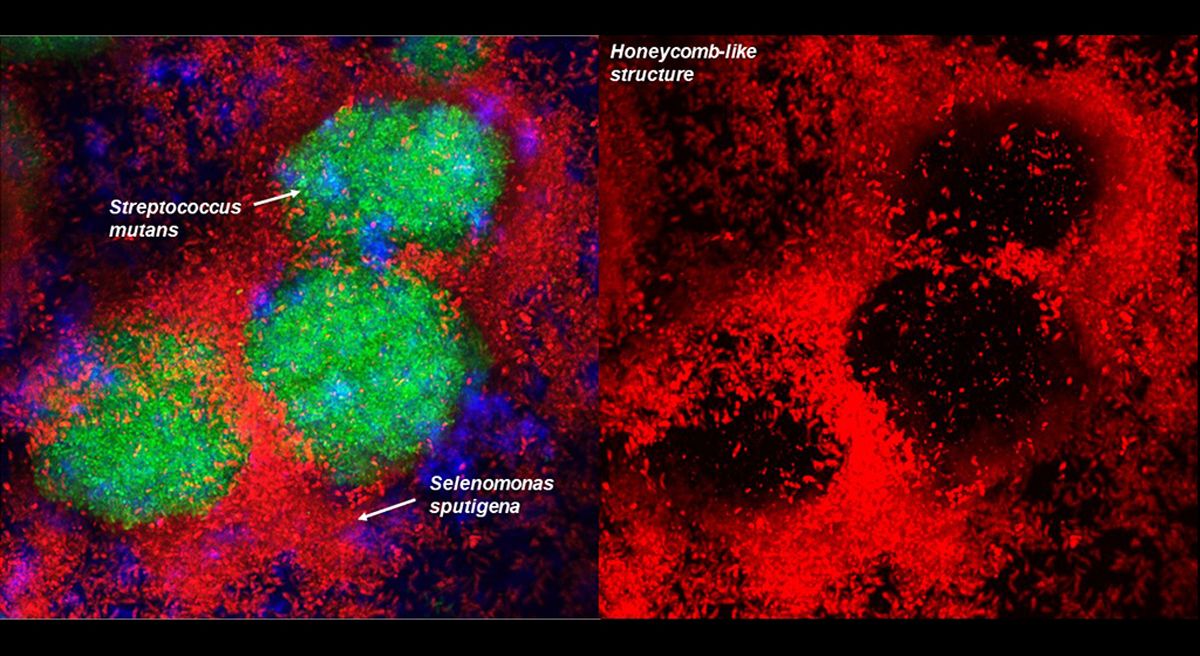Researchers Discover Gum Disease-Causing Bacteria Boosts Other Caries-Causing Bacteria
New research demonstrates that cavity-causing bacteria can get help from other bacteria, urging pediatric patients to use effective toothbrushing techniques and good oral care.
Researchers Discover Bacteria Boosts Other Caries-Causing Bacteria

In a research collaboration between the University of Pennsylvania School of Dental Medicine and the Adams School of Dentistry and Gillings School of Global Public Health at the University of North Carolina, a tooth decay causing bacteria has been discovered. This species, titled Selenomonas sputigena (S. sputigena), was thought to once only cause gum disease, but researchers have found that it works with Streptococcus mutans (S. mutans) to form caries, according to a press release from Penn Dental Medicine.
Study co-senior author Hyun (Michel) Koo, DDS, PhD, says that this discovery, which was made possible through collaboration, may help inform future cavity prevention models.
“This was an unexpected finding that gives us new insights into the development of caries, highlights potential future targets for cavity prevention, and reveals novel mechanisms of bacterial biofilm formation that may be relevant in other clinical contexts,” Dr Koo says in the press release.
For caries to form, S. mutans must combine with other bacteria to form biofilm, more commonly known as “plaque.” Plaque collects and converts sugar to acid which then erode the teeth enamel, leading to cavities. This study has discovered that S. sputigena can combine with S. mutans to enhance the creation of caries, despite not having the ability to do so on its own.
Researchers in this collaboration took 300 plaque samples from children ranging from age 3 to age 5, per the press release. Utilizing Dr Koo’s laboratory, researchers ran tests on the plaque, half of which had caries, by sequencing bacterial gene activity. Results indicated that S. sputigena has a unique structure, that allows it to move across surfaces with its miniscule appendages. It becomes trapped in glucan constructions wherein it may reproduce to create superstructures to trap and protect S. mutans. Dr Koo advises that these structures may be disrupted with regular oral care and effective toothbrushing.
This study was co-authored by Hunyong Cho, Zhi Ren, Kimon Divaris, Jefrey Roach, Bridget Lin, Chuwen Liu, M. Andrew Azcarate-Peril, Migual Simancas-Pallares, Ppojan Shrestha, Alena Orlenko, Jeannie Ginnis, Kari North, Andrew Ferreira Zandona, Apoena Aguiar Ribeiro, Di Wu, and Dr Koo. It was published in Nature Communications with the title “Selenomonas sputigena acts as a pathobiont mediating spatial structure and biofilm virulence in early childhood caries.”